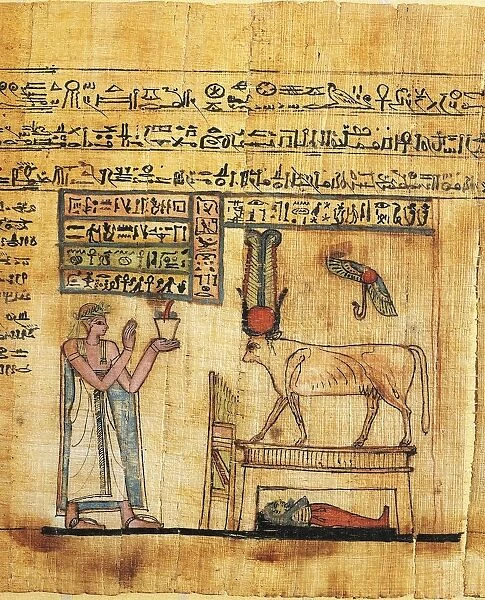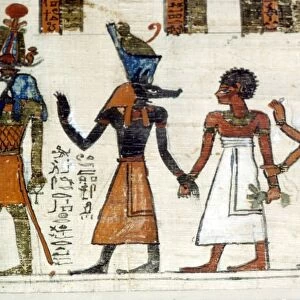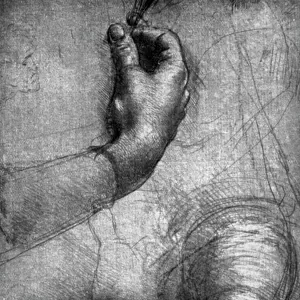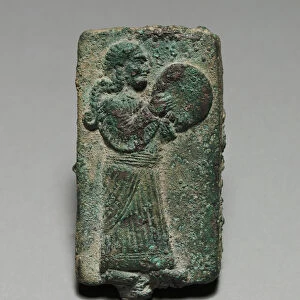Rights Managed > Universal Images Group (UIG) > Art > Archeology
Papyrus from the First Book of Breathing of Ousirour, deceased offering incense to Hathor
Filename: 940_18_99001071.jpg
Size: 2810 x 3473 (4.6MB)
Date: 10th March 2014
Source: Universal Images Group (UIG)
Source: De Agostini Picture Library
![]()

Wall Art and Photo Gifts from Universal Images Group (UIG)
Papyrus from the First Book of Breathing of Ousirour, deceased offering incense to Hathor
Egyptian civilization, Ptolemaic period. Papyrus from the First Book of Breathing of Ousirour, 150-100 b.C. The deceased offering incense to Hathor
Universal Images Group (UIG) manages distribution for many leading specialist agencies worldwide
Media ID 9472005
2nd Century Bc Ancient Egyptian Culture Archaeology Egyptian God Hathor Hieroglyphics Mythology Papyrus Ptolemaic Age Animal Representation
EDITORS COMMENTS
This print showcases a remarkable piece of ancient history, transporting us back to the Egyptian civilization during the Ptolemaic period. The papyrus from the First Book of Breathing of Ousirour, dating back to 150-100 B. C. , depicts a profound religious scene that resonates with mythology and antiquities enthusiasts. In this vertical composition, we are drawn into an intricately detailed illustration and painting. At its center stands Hathor, the revered Egyptian goddess often depicted as a cow. Her divine presence emanates strength and grace as she receives an offering of incense from Ousirour, who is portrayed in male likeness. The hieroglyphics adorning this ancient artifact add another layer of intrigue and mystery to our understanding of ancient Egyptian culture. As we delve deeper into their meaning, we uncover insights into their beliefs and rituals surrounding death and the afterlife. While no people are present in this image, it serves as a powerful testament to human creativity and devotion throughout history. It reminds us that even centuries later, these artifacts continue to captivate our imagination. As we gaze upon this mesmerizing representation of animal symbolism intertwined with religion during the Ptolemaic age, let us appreciate how art can transcend time and connect us with civilizations long gone. This extraordinary photograph invites contemplation on our shared human heritage while honoring Egypt's rich cultural legacy.
MADE IN THE USA
Safe Shipping with 30 Day Money Back Guarantee
FREE PERSONALISATION*
We are proud to offer a range of customisation features including Personalised Captions, Color Filters and Picture Zoom Tools
SECURE PAYMENTS
We happily accept a wide range of payment options so you can pay for the things you need in the way that is most convenient for you
* Options may vary by product and licensing agreement. Zoomed Pictures can be adjusted in the Cart.








